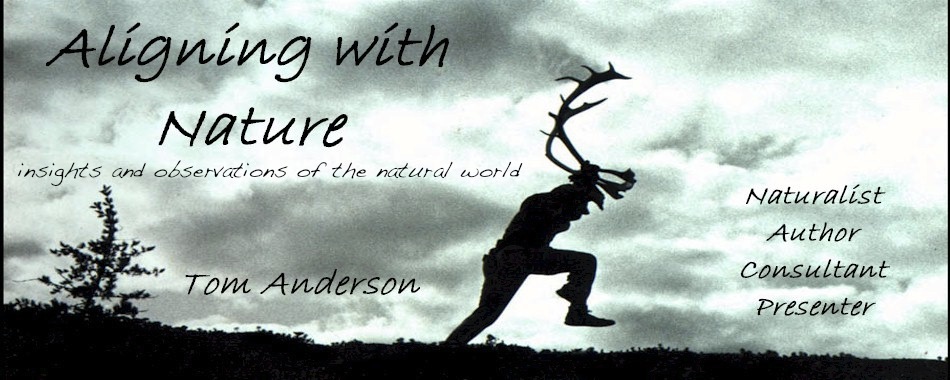A New Years Natural Resolution
A single swan, colored in the absence of pigment and white as snow is a beautiful thing. But when you add a handful of such regal birds and have them fly just overhead, towards a December sunset, they betray the workings of the alchemist. I am not embarrassed about my hushed sigh and accompanying smile as the gilded flock silently flew at treetop level heading down the mostly frozen river. The color of melted butter, the trumpeter swans were mute in their day’s end search for an overnight roost on open water.
I counted five and made a note to add them to my tally. It was the annual Christmas Bird Count Day and with sunset only an hour away I had decided to hike downriver along the frozen shoreline. The river was open well away from shore and it was there that I hoped to spy some winter hardy waterfowl. And perhaps I might spy a late day pileated woodpecker crossing the river or an impatient owl coming on the scene for the night shift.
For over 100 years, folks across North America and now even in Mexico and Central America head out in the countryside to count birds in an established count area of 177 square miles in the span of 24 hours. The count is always over a three-week period in late December, hence the name the Christmas Bird Count.
Our local count has about 20 folks strategically spread out over the prescribed area. I had started the day with friend Steve, an avid birder.Teaming with at least one person is preferable since one person should keep focused on driving while the other can tabulate the species and numbers of individual birds. Through the morning we drove through the snow-covered countryside pausing near old, tall barns to count hoards of starlings, house sparrow and pigeons. We slowed going by homes with bird feeders. If they had a well-stocked feeder we stopped, turned on the car’s flashers and glassed the feeders and nearby thickets. It was always important to put the “official bird count” sign in the back window to assuage any fears that we might be casing out the house for potential holiday plundering.
For over 30 years, I have participated in the Wild River Christmas Bird Count and in that time I have made it a December axiom that all counters in my car would not be enjoying a hot lunch until we tallied at least 20 species of birds. I’ve learned that a hungrier birder is a sharper birder. A full belly only leads to drowsiness.
With just over 20 species tallied, Steve had to say goodbye at noon and head off to a family obligation. With no cell phone, I had no way to recruit a counter from one of the other bird patrolling cars. I was alone; a dangerous situation given that I had to drive and look for birds simultaneously. This is arguably no better than texting while driving.
After an hour of slowly driving the back roads, I got bored and sleepy so I knew it was time for a good hike. I headed down to Franconia and parked at the boat landing on the St. Croix River. I snugged my stocking cap over my head, made sure my wool scarf was wrapped snugly around my neck and headed downriver along the frozen shoreline.
After spying the swans, I managed to tally a pair of Canada geese flying in the same direction as the swans. I found a fine chair in a tangle of thick silver maple roots that were exposed in the riverbank. It was here that I settled in for ten minutes of blissful silence. Real silence is an increasingly rare commodity.
We rarely take time to simply sit . . . . and . . . . . wait.
No season begs for introspection like winter. These are the slow days that invite us to sit and take stock of our riches and failings. Molasses flows slow and we often follow suit. The days are short and usually cold enough to ward off any casual hammocking or lawn chair sitting. It’s difficult to find such inner solitude in a world that is intent on hurrying heartfelt conersation via acronymical communications. We have become experts in delivering mundane messages about shopping for cheese for example. And even typed messages of “I’m happy” lack sincerity.
While I listened to the faint tinkling and jostling of broken pieces of river ice flow under the sheet of shoreline ice, I declared a new year’s resolution. I am going to inspire a revolution to engage others to a live experience outdoors; to engage in new ways directly with the natural world.
The nip in my fingertips, combined with the setting sun, were clear signals that I had better start hiking back upriver to my car. Enroute, I passed the meanderings of fox and coyote tracks over the ice and then decided to leave my own mark. The blanket of snow over the ice was mostly smooth and unblemished. I paused and looked around to be sure no one was watching. It had been years since I had made a snow angel in the snow. And I had never made one laying face down!
Like a frantic flying bird, my arms and legs stroked rapidly while my face burrowed a pocket into the snow. Carefully I got up and stepped precisely into my approaching tracks so as to leave a distinct angel print. I stepped away blinking flakes from my lashes while a silly smile crescented my snow-plastered face.
With a reenergized gait, I hurried north. And five minutes later I did in fact flush a great horned owl from a riverside maple. That made twenty-six species and a hushed resolution for the day.











